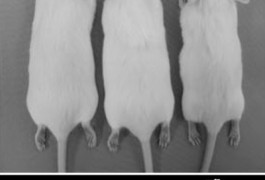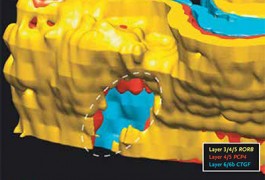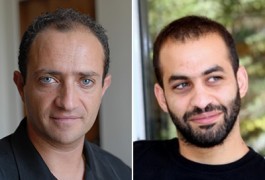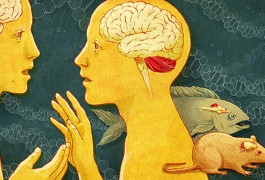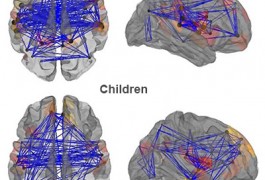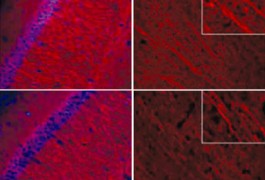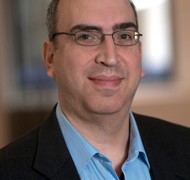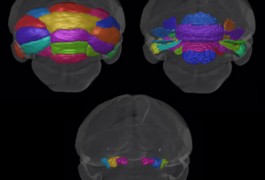Molecular mechanisms: Mutant mice seek out social contact
Male mice that carry a specific mutation in the autism-linked PTEN gene have enlarged brains and show heightened interest in other mice, according to a study published 7 February in Human Molecular Genetics.
